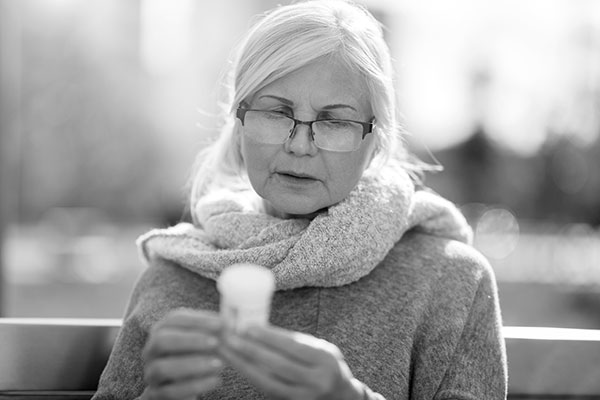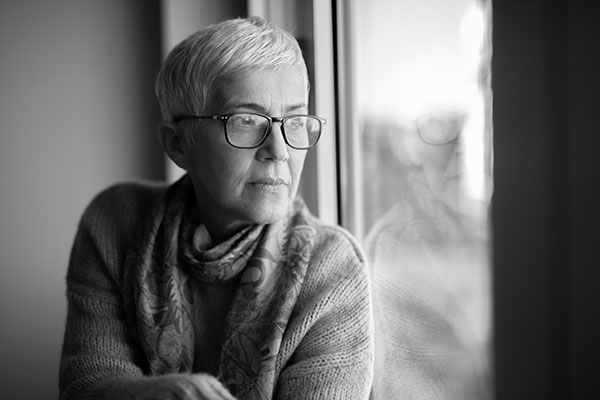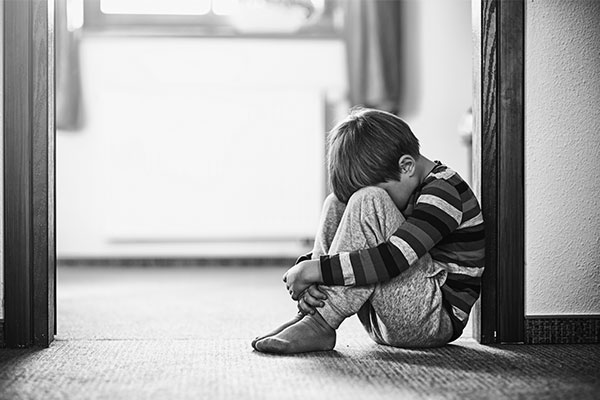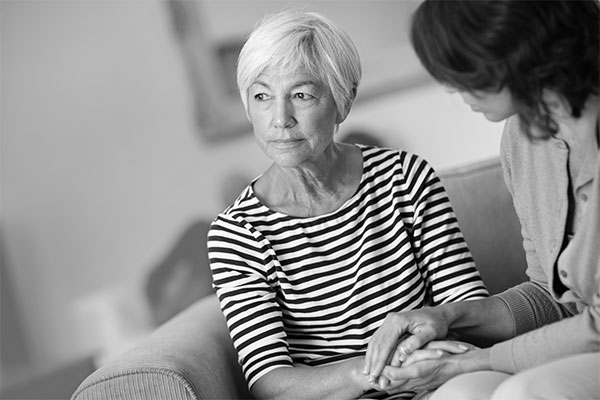Finding My Place to Prevent Suicide
- Written by Whitney Shumway
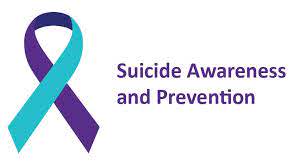
I was once told by someone very dear to me that I was put on this earth to help people.
Little did I know that when my PawPaw (grandfather) shared this insight with me that it would be the beginning of finding my way toward my life’s purpose in the helping profession as a social worker. My connection to suicide prevention is multi-faceted, as I have lost cousins and an uncle to suicide and struggled with my own mental health, but my strongest connection is my son.
He was eight years old when he told me he wanted to go sleep and not wake up because he just “couldn’t do this anymore, Mom. It hurts.” Nothing can prepare a parent’s heart and mind for these words, and this was the moment that changed my life forever. As a social worker, I had researched the topic, trying to find resources and interventions I could apply at home, in addition to getting counseling for him. I was shocked to learn that suicidal ideation can start in children as early as age five. I began to ask myself what I could do to fix this problem not only for my son, but also for other young people.
What do the numbers say?
According to the Centers for Disease Control (CDC), more than 800,000 people die annually from suicide, averaging 1 death by suicide every 40 seconds. In the United States alone 48,344 people died by suicide in 2018, and the CDC estimates this number to be low due to inaccurate reporting for reasons that are cultural.
Why is this happening?
Through research we have learned that there is no one single cause for suicide. Suicide risk factors include physical health, mental health, historical, and environmental factors. Often these risk factors converge and the person struggling is overwhelmed with a sense of tunnel vision that does not allow him or her to see a way out of the pain they are experiencing.
What can you do to help make change?
There are so many ways to get involved in making positive change around mental health and how we treat mental illness. The number one way we can begin to make improvements is to talk about how we feel. Having real conversations with our loved ones, of all ages, about how we are feeling and what we are thinking is the first step. Having the real, raw, and uncomfortable conversations around sadness and depression will help normalize the fact that we all experience these feelings in some capacity. When our mental health conversations with our friends and loved ones are as normal as talking about seeing a doctor for the common cold, we have created a safe and smart community around mental health.
Educating ourselves about mental health through training programs offered by the American Foundation for Suicide Prevention (AFSP), Zero Suicide, NAMI, the JED Foundation, and other trusted resources is a great step for learning how to have these conversations safely.
Becoming advocates at local/state/federal levels by educating ourselves on current mental health legislation and contacting state representatives and senators is important, as is communicating with superintendents and school boards about how mental health is being addressed in local school districts. Contacting local government officials about the mental health needs we see in our communities is vital. Many counties have mental health boards or agencies that look for volunteers to move advocacy efforts forward. Additionally, nonprofit organizations often have opportunities to help generate awareness to local communities.
The likelihood that we will all be affected in some way by suicide is high, but can save lives by committing to be agents of change.
About the Author
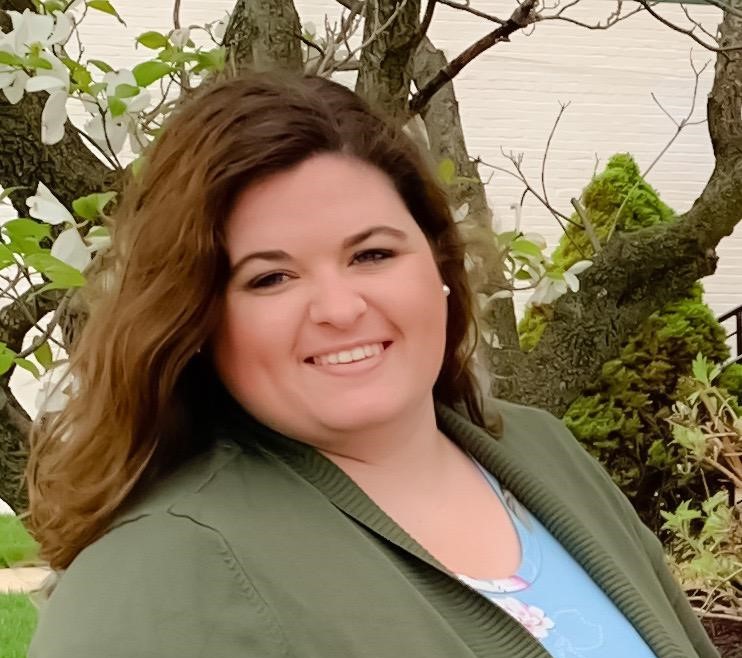 Whitney Shumway serves as President for the Missouri Chapter of the American Foundation for Suicide Prevention and works as a social worker with Serenity Hospice Care in Park Hills, MO.
Whitney Shumway serves as President for the Missouri Chapter of the American Foundation for Suicide Prevention and works as a social worker with Serenity Hospice Care in Park Hills, MO.





